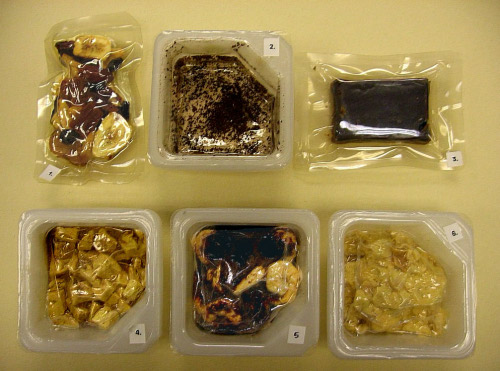
Astronauts definitely don’t have it easy; preparing and training for most of your life, to go on a mission that is dangerous in most cases, and that has many difficulties to say the least. But perhaps the most interesting aspect in the life of an astronaut is eating. Because there’s not any room for your mother’s pancakes, or your favorite food. On a space ship, they use syringe to prepare food.
Basically, one of the most common foods for them is made in the following way; you take the needle and put it in the frozen and dried shrimp cocktail that NASA cooked for you, and inject a bit of water. That’s dinner for you. However, things have evolved in the past years, and you can choose from more than 150 beverages to “eat”, but all the focus is on how many nutrients they have, not how tasty they are.
Astronauts cook by heating a thermostabilized food pouch by putting it in an electric warmer, no bigger than a backpack, or by putting the frozen dehydrated food in a rehydration station. There are instructions, in English and Russian, about how to cook the foods, and they’re also double packed, so astronauts cut them with scissors, which are way useful than your traditional dishes in space.
Also, nutritionists have to take in considerations other factors, such as portability and shelf life, which are way more important than the taste and flavor for the food. Actually, flavor doesn’t matter one bit in space, because they can’t go up the nose. A menu could consist of foods such as beef, beans and tortillas, chicken, peanut sauce, and many more. You can have desert too, but don’t expect the world from it. Still, the food is way healthier than your average, and when you get to space, the final frontier, you definitely need food…. the final frontier.






